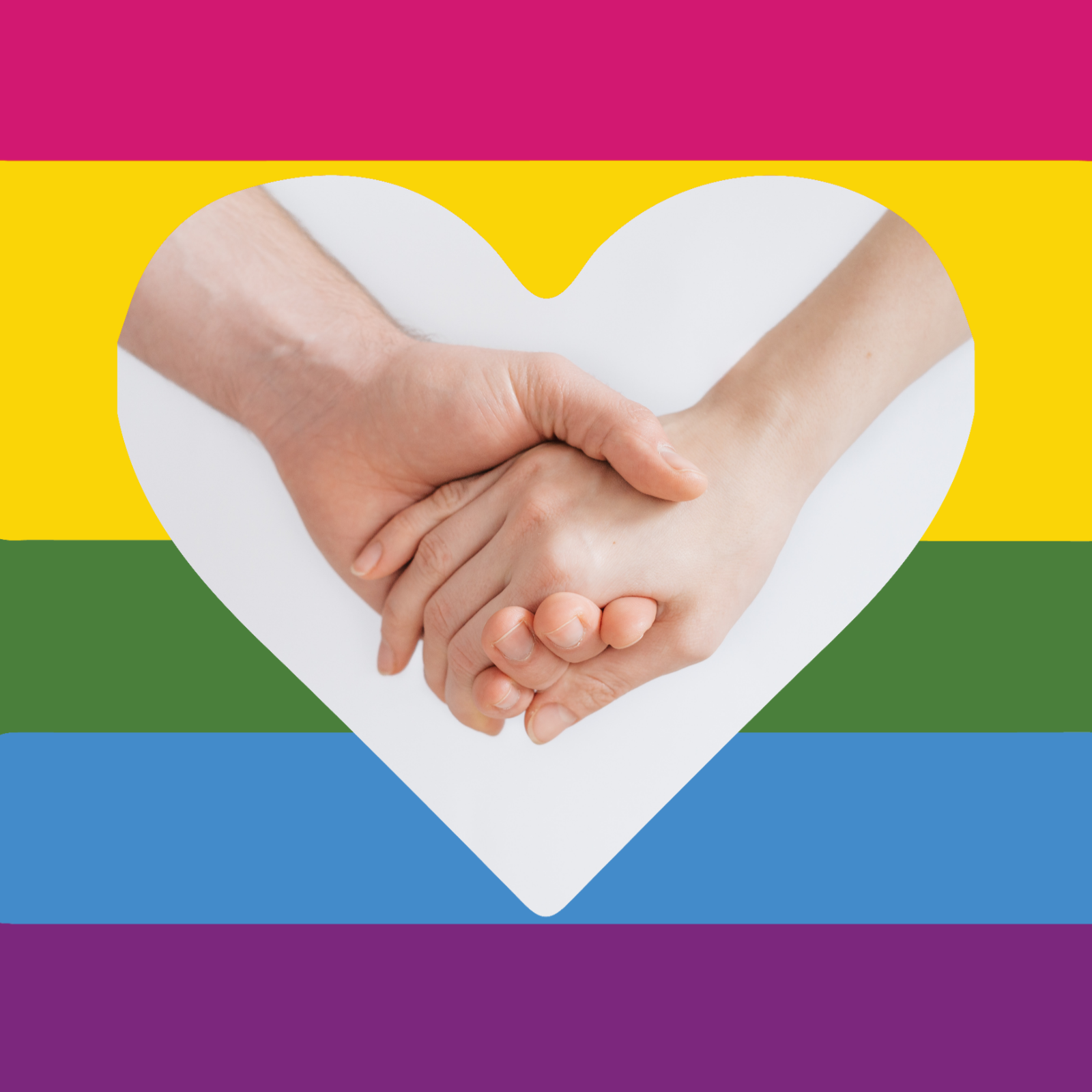The Latest Posts
A History of LGBTQ Mental Health
October is LGBTQ History Month. Today, let’s talk about the history of LGBTQ+ mental health. SPOLIER: It didn’t go well.
Without Community: Isolated LGBTQ+ People
Many LGBTQ+ people do not have connections to the community as a whole. They experience isolation and the negative effects that come with it. How can isolated LGBTQ+ people overcome these challenges? Why is access to the larger LGBTQIA+ community important to our health? Read to find out!
Can clubs benefit LGBTQ+ mental health?
Youth in the LGBTQIA+ community struggle to find their place and their people. Read to learn how LGBTQIA+ clubs that have a focus on mental health can benefit youth.
The Workplace: A Call For Action
As we know, community members already struggle with mental illness more often than cis-straight individuals. The community does not need their place of work, their livelihoods, to add to this crisis.
Effects of Internalized Homophobia
Just like hiding our gender or sexual identity puts a strain on our minds, hiding mental illness does too. Internalization does not make these issues go away, but rather they are solidified and more stress-inducing than if they were not hidden. Just because others can’t see it, doesn’t mean it isn’t there and harming your well-being.
A Cautionary Life, LGBTQ+ and Generalized Anxiety Disorder
Not being accepted is not as harmless as simple disapproval. Rather, it is concern over if the person will harm or out-them to others who may harm them.






